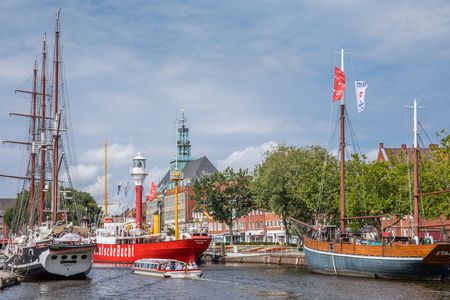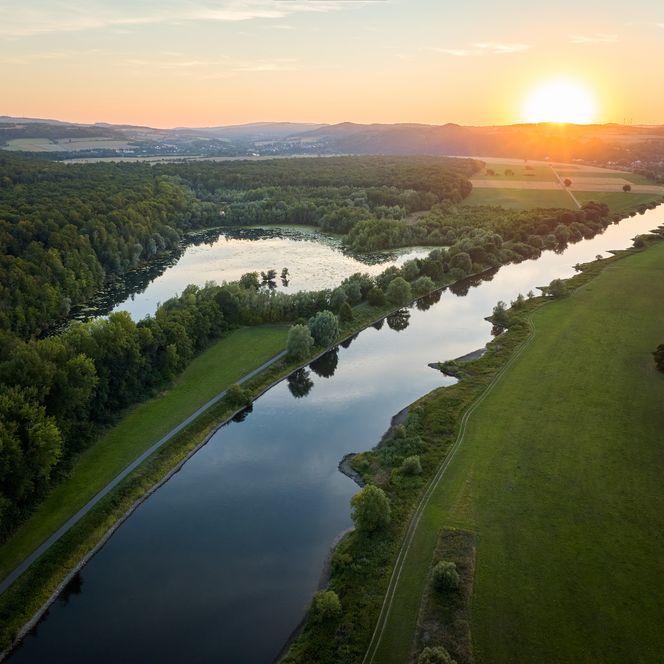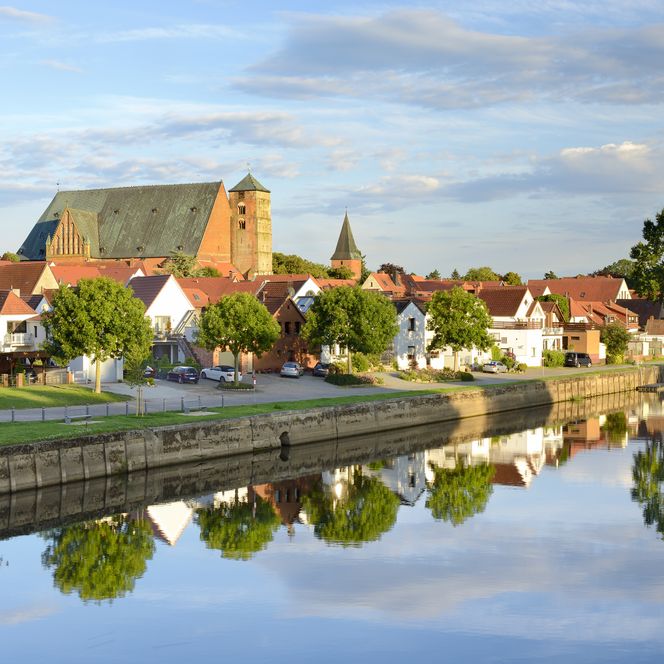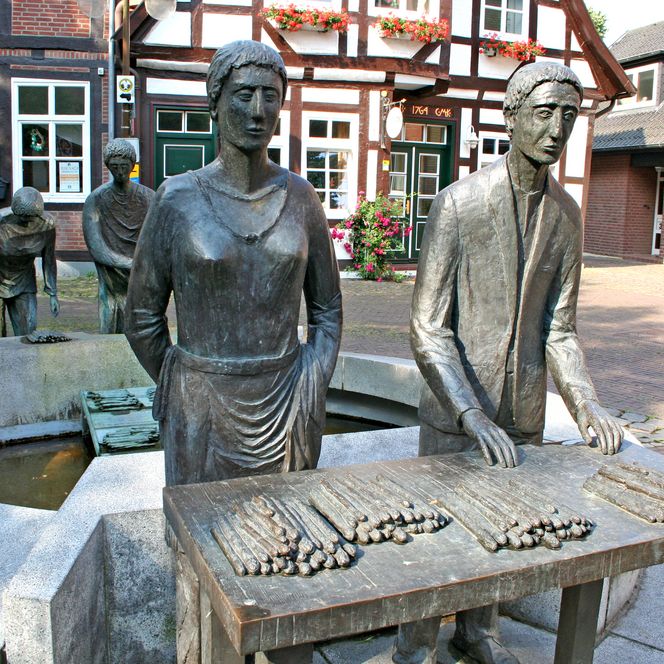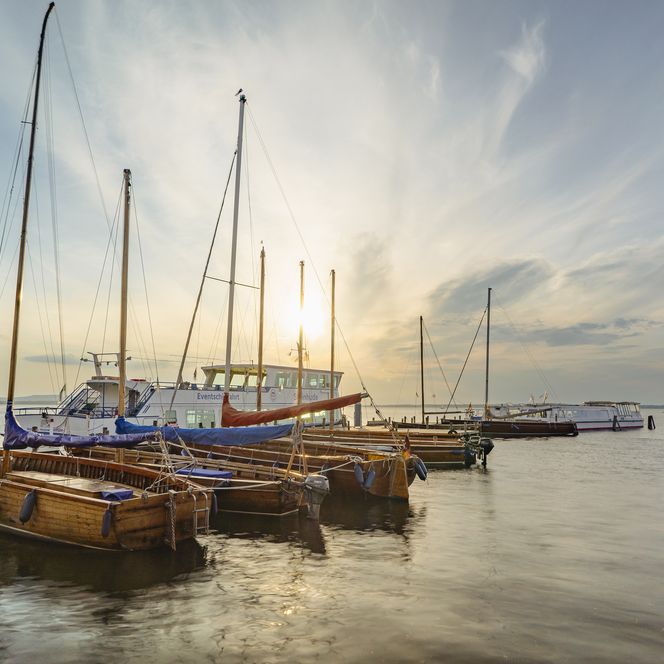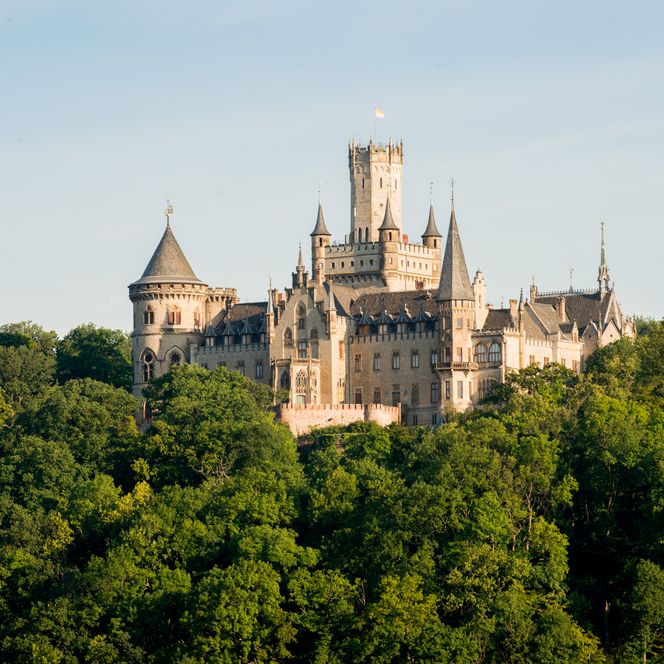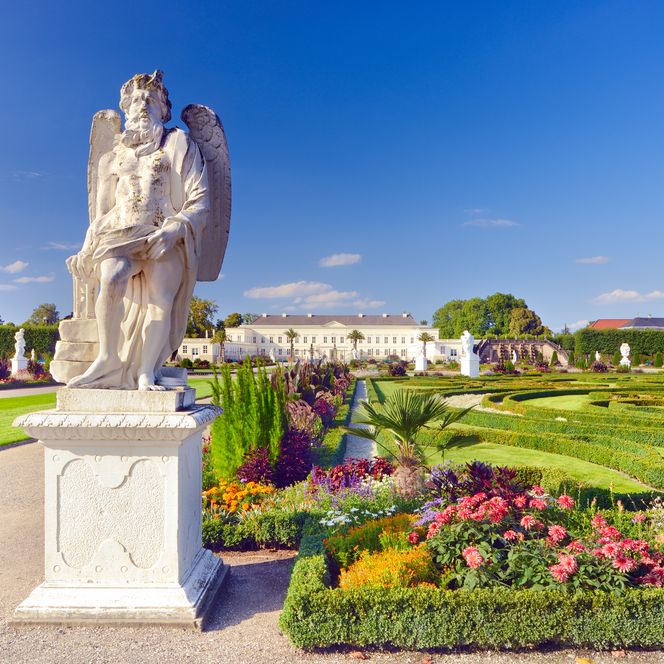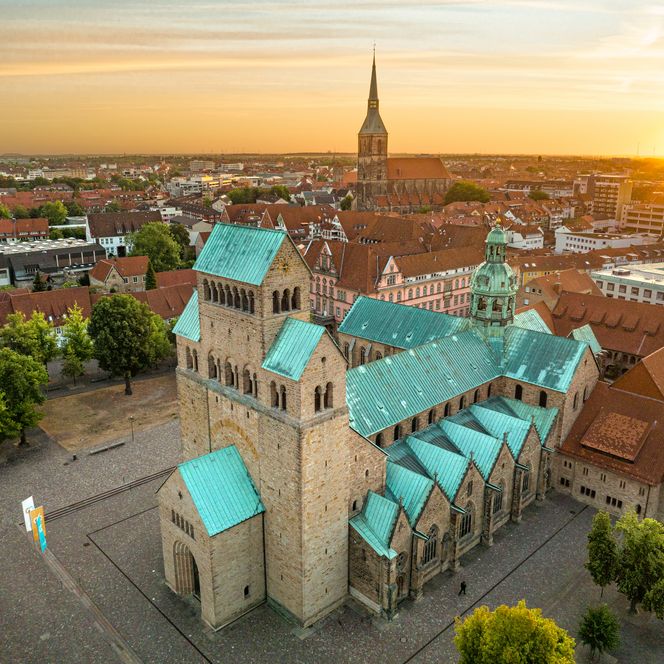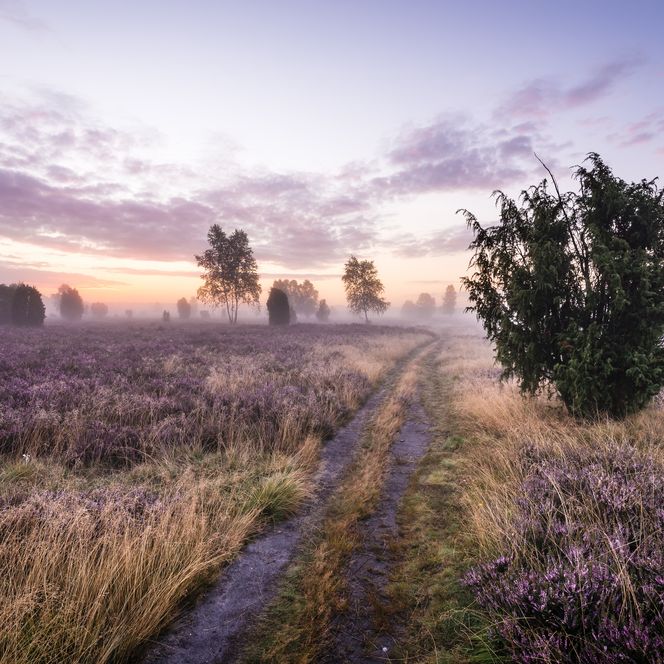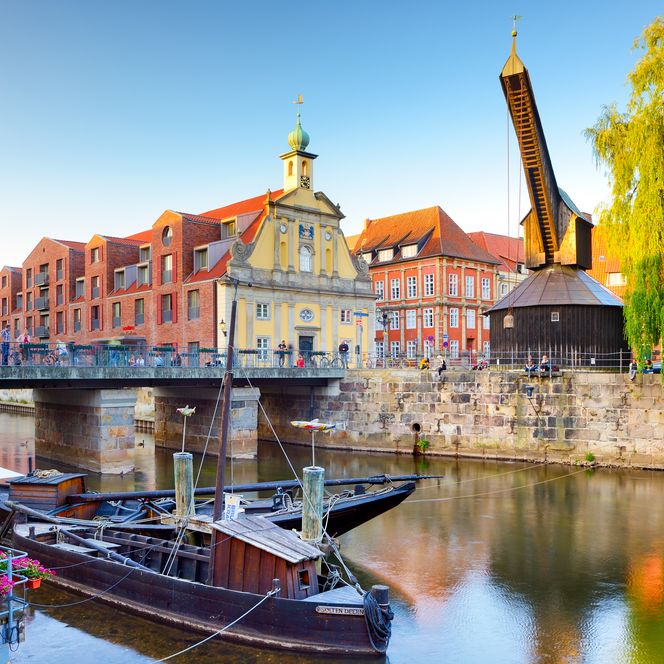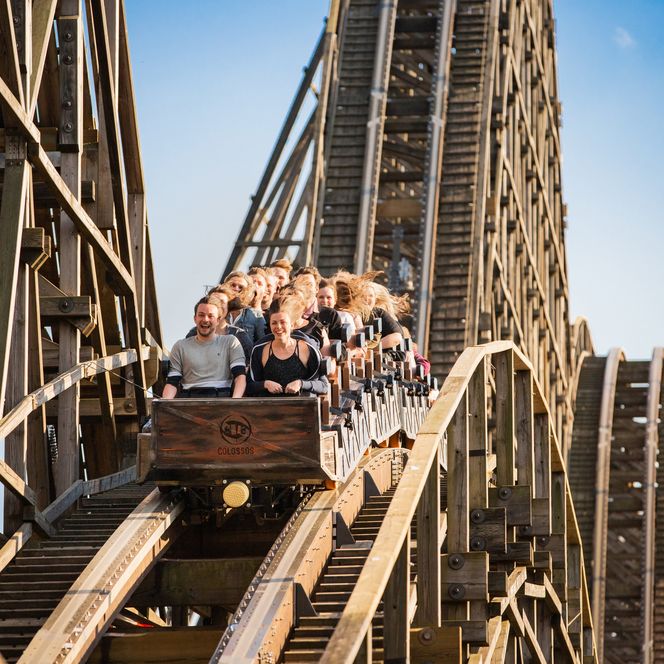The Mittelweser region is shaped by the river that gives it its name – the Weser – which meanders through fields, forests and meadows. The landscape is best explored from the water, whether on a Weser river cruise or by canoe. In the Riders’ town of Verden, where Hanoverian horses were once bred for the Royal House of Hanover, a rich equestrian tradition lives on through tournaments and the German Horse Museum. Nienburg is renowned far beyond the region for its asparagus, while at the Wolfcenter Dörverden, visitors can get up close to wolf families.
The holiday region of Hanover surrounding Niedersachsen’s state capital, offers more than just a fairytale castle with Marienburg: at Steinhude, there’s even an entire inland sea. The Royal Gardens of Herrenhausen in Hanover are considered a jewel of Baroque garden design, while the Sprengel Museum, which showcases 20th- and 21st-century art, is one of the most significant museums of its kind. In Hildesheim, two churches are UNESCO World Heritage sites, and the legendary Thousand-Year Rosebush bursts into delicate pink blossoms each spring.
